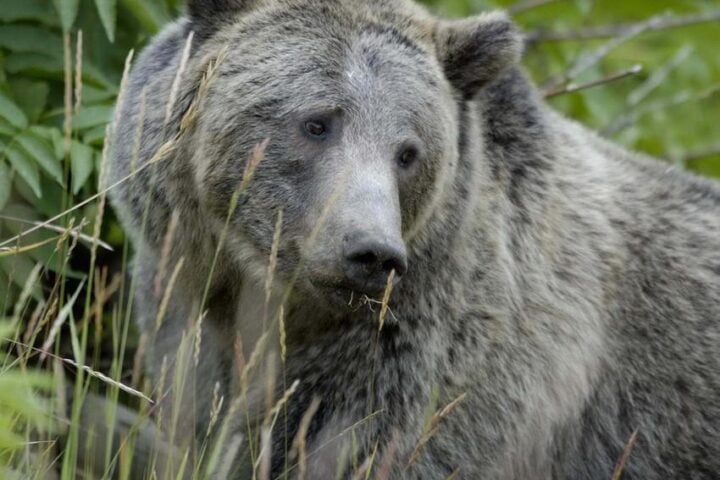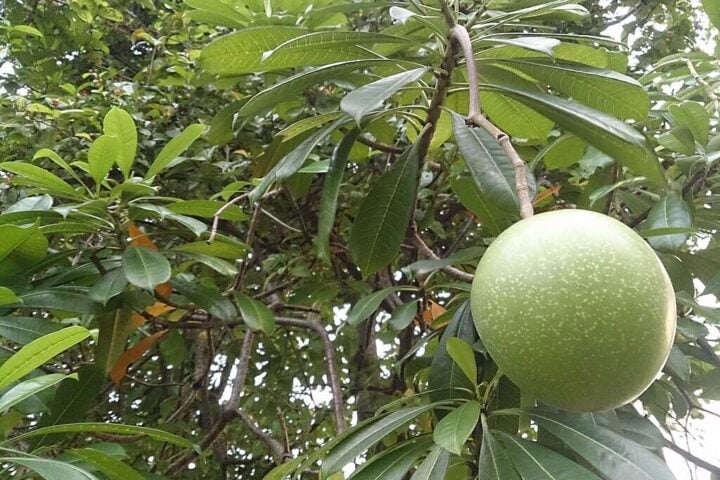The Trump administration has proposed a significant change to the Endangered Species Act (ESA) that could dramatically reduce protections for wildlife habitats across the United States. The proposal, announced on April 16, 2025, would redefine what it means to “harm” a protected species under the landmark conservation law.
The Core Change
The U.S. Fish and Wildlife Service and National Marine Fisheries Service want to remove habitat destruction from the definition of “harm” under the ESA. Currently, “harm” includes “significant habitat modification or degradation” that could hurt endangered species. The new definition would limit harm to direct actions that kill or injure wildlife, such as hunting or trapping.
“This potentially could be the nail in the coffin,” said Noah Greenwald, co-director of endangered species at the Center for Biological Diversity, referring to species like the northern spotted owl that have suffered sharp population declines.
Why It Matters
Habitat loss is the number one driver of species extinction. Without a prohibition against habitat destruction, many experts believe endangered plants and animals will face greater threats.
The change would overturn decades of conservation practice upheld by a 1995 Supreme Court ruling (Babbitt v. Sweet Home), which confirmed that habitat destruction falls under the ESA’s prohibition on “take” of endangered species.
“What they’re proposing will just fundamentally upend how we’ve been protecting endangered species in this country,” Greenwald said.
Similar Posts:
Real-World Impact
Under the current rules, activities like cutting down old-growth forests where threatened northern spotted owls nest or filling in wetlands inhabited by protected red-legged frogs can be restricted. With the proposed change, only direct harm, like shooting an owl, would qualify as a violation.
The change would potentially open more land to:
- Timber harvesting
- Oil and gas drilling
- Construction and development
- Mining operations
The Administration’s Reasoning
The administration frames the change as aligning with the “well-established, centuries-old understanding of ‘take’ as meaning to kill or capture a wild animal.” Officials argue that the current regulations “do not match the single, best meaning of the statute.”
Kathleen Sgamma, an energy industry representative, said the current definition had become a way to stop development. “With a plain-language definition of ‘harm,’ ESA could get back to protecting species rather than locking away lands that may or may not be habitat to stop projects,” she said.
Broader Context
The proposed ESA change follows other recent actions by the Trump administration, including:
- An order to expand timber production on public lands
- A directive to review and possibly alter national monuments to boost energy production
Next Steps
The proposal will be published in the Federal Register on Thursday (April 17), triggering a 30-day public comment period. After comments are analyzed, a final rule could be issued within months.

Environmental groups plan to challenge the change in court if it’s enacted. “Trump is trying to drive a knife through the heart of the Endangered Species Act. We refuse to let him wipe out America’s imperiled wildlife, and I believe the courts won’t allow this radical assault on conservation,” Greenwald stated.
The Endangered Species Act, signed into law by President Richard Nixon in 1973, has a strong track record of preventing species extinction. Conservationists warn this change could reverse decades of wildlife recovery progress.



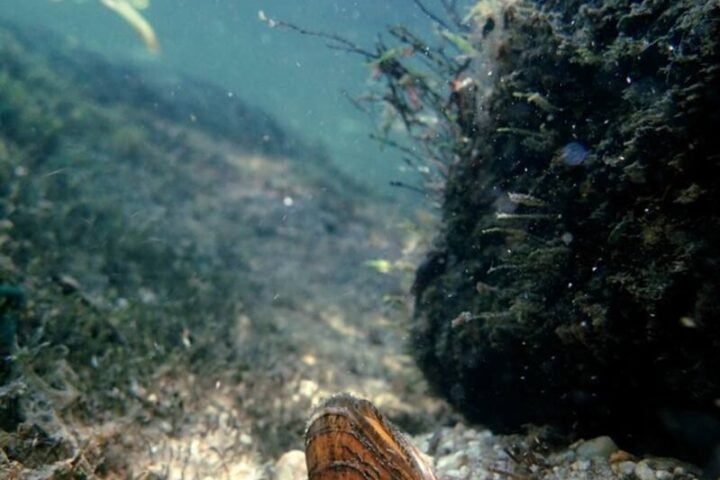
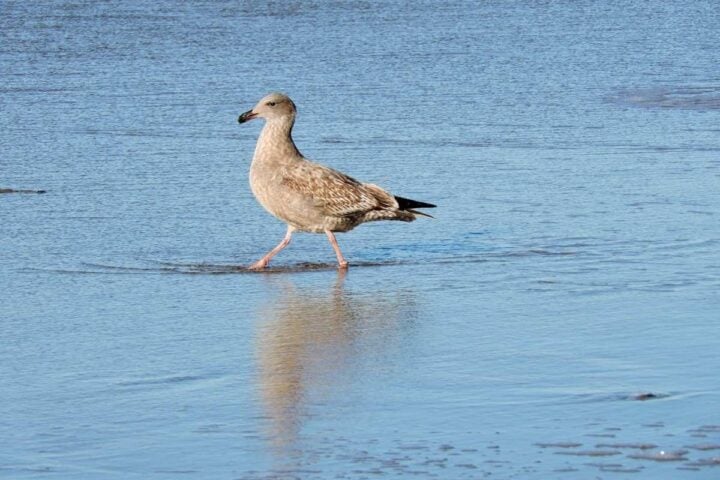

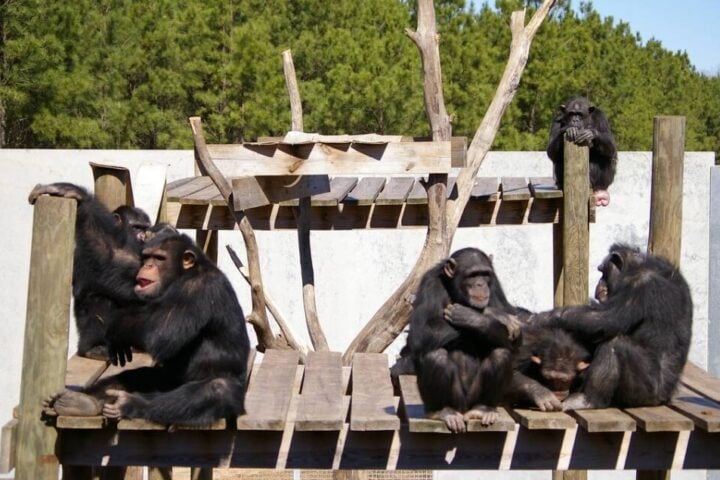

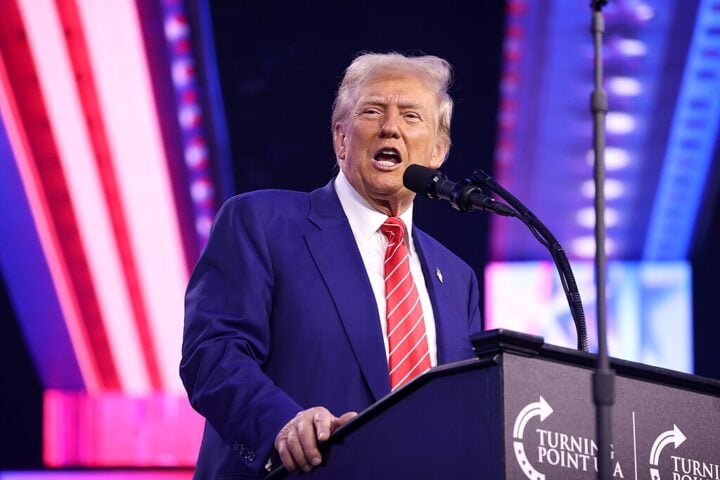

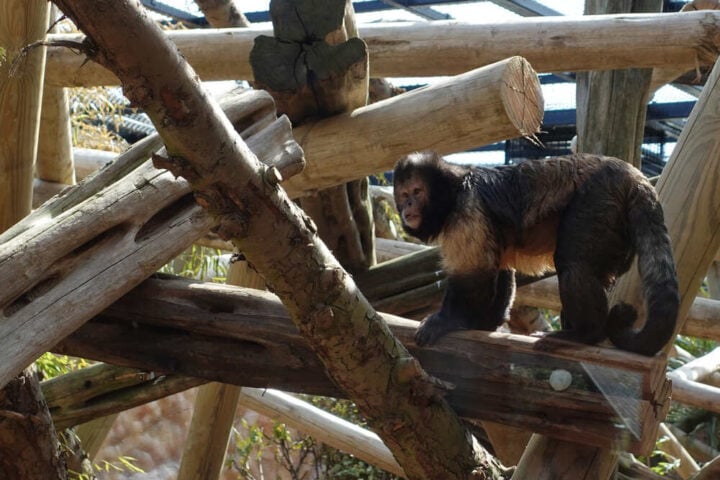
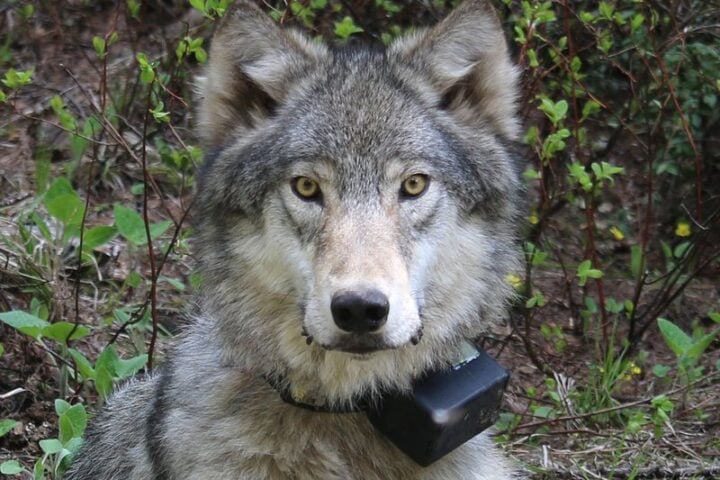
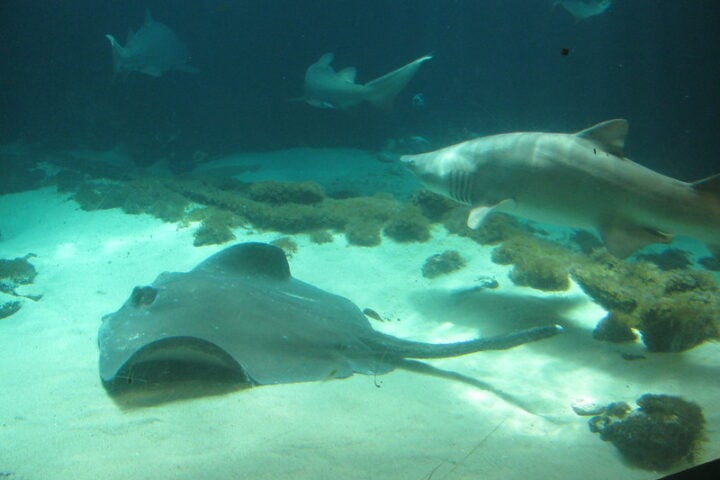

![Representative Image: European Starling [49/366]. Photo Source: Tim Sackton (CC BY-SA 2.0)](https://www.karmactive.com/wp-content/uploads/2025/04/Starlings-Drop-82-in-UK-Gardens-as-Birdwatch-2025-Reveals-Record-Low-Count-Since-1979-720x480.jpg)
